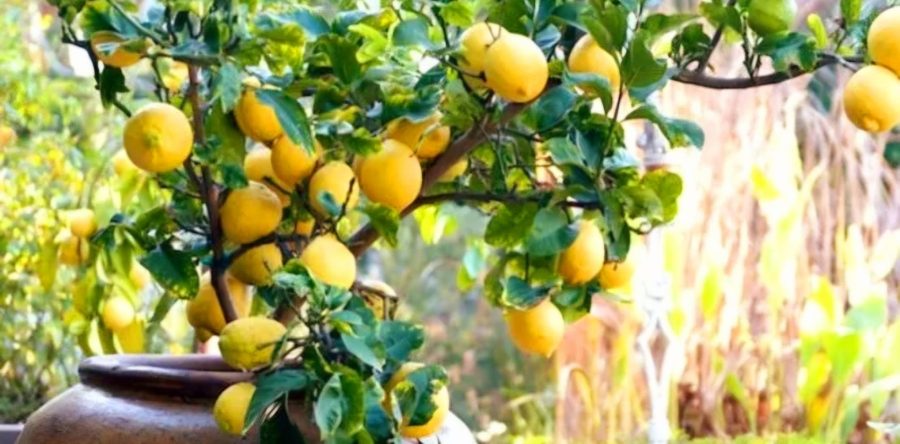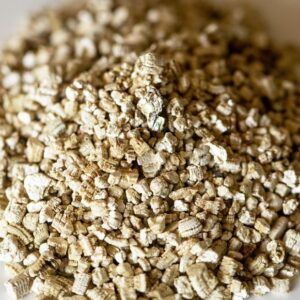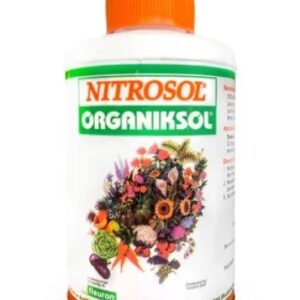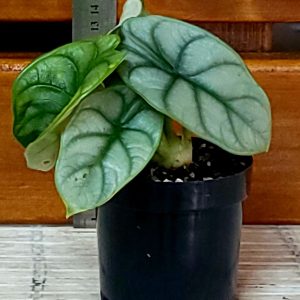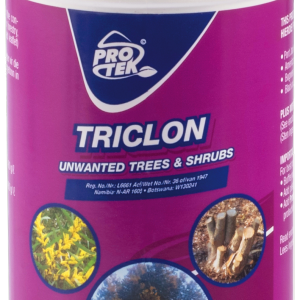The decision to acquire a fruit tree can initially feel overwhelming, but with the right preparation and knowledge, it can evolve into a highly rewarding and enjoyable experience. This comprehensive guide is designed to provide you with the necessary insights to navigate the selection process effectively. It will highlight critical factors to consider, essential questions to ask, and the important research you should conduct before purchasing a fruit tree for your garden.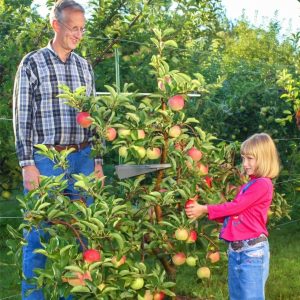
To commence your journey, it is essential to perform a thorough evaluation of your outdoor space. This begins with measuring the area where you intend to plant the tree, as different species have varying spatial needs. For instance, standard apple and cherry trees can grow to substantial heights and widths, requiring a significant amount of space to thrive. In contrast, dwarf or semi-dwarf varieties are more compact and thus better suited for smaller gardens, patios, or urban environments. Understanding the mature size of the tree is vital to avoid overcrowding and to ensure that the tree has adequate room for growth.
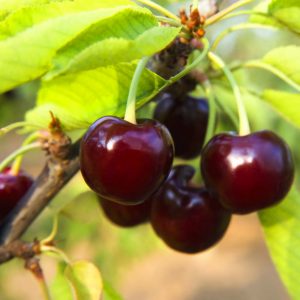 Another crucial aspect to consider is the availability of sunlight in your garden. Most fruit trees perform best in full sunlight, typically requiring at least six to eight hours of direct sunlight each day for optimal growth and fruit production. To determine the sunniest locations in your garden, observe how sunlight interacts with different areas throughout the day and across various seasons. This assessment will help you identify the most suitable spot for planting your tree, significantly impacting its overall health and productivity. If certain areas of your garden are shaded, consider if there are any obstacles you can remove or whether you should select a variety that can tolerate partial shade.
Another crucial aspect to consider is the availability of sunlight in your garden. Most fruit trees perform best in full sunlight, typically requiring at least six to eight hours of direct sunlight each day for optimal growth and fruit production. To determine the sunniest locations in your garden, observe how sunlight interacts with different areas throughout the day and across various seasons. This assessment will help you identify the most suitable spot for planting your tree, significantly impacting its overall health and productivity. If certain areas of your garden are shaded, consider if there are any obstacles you can remove or whether you should select a variety that can tolerate partial shade.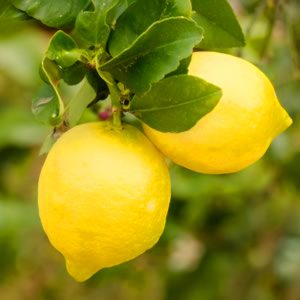
The quality of your soil is equally significant, as it plays a crucial role in the success of your fruit tree. Ideally, fruit trees thrive in well-draining soil that is rich in organic matter. Conducting a soil test can provide valuable insights into the soil's composition, pH levels, and nutrient content. Heavy clay soils can retain too much moisture, which may lead to root rot, while sandy soils may drain too quickly and fail to hold sufficient nutrients. In either scenario, you may need to amend your soil by incorporating organic materials such as compost, well-rotted manure, lime, or leaf mould, all of which can enhance the soil's structure and fertility.
Understanding the climate of your region is essential when selecting a fruit tree. Different species have specific climatic requirements, and researching which trees are best suited to your local conditions can save you time and effort in the long run. For example, if you live in a cooler climate, apple and pear trees are excellent choices, as they are frost-resistant and can thrive in lower temperatures. Conversely, if you are situated in a milder coastal area, you might consider planting citrus trees, mangoes, lychees, or avocados, all of which prefer warmer conditions. It is also important to be aware of your region's rainfall patterns; understanding whether you will need to provide additional irrigation during dry spells or if your area is prone to flooding will help you make informed decisions regarding the types of trees to plant.
 Certain fruit trees, including apples, pears, peaches, and apricots, typically require a specific amount of cold weather to produce fruit effectively. This cold period, known as "chilling hours," refers to the hours in which temperatures remain between 0°C and 7°C. If you are considering growing these types of trees, it is essential to ensure that your local climate can provide the necessary chilling hours during the winter months. Insufficient chilling can lead to poor fruit set or delayed flowering, resulting in reduced yields or even a complete lack of harvest.
Certain fruit trees, including apples, pears, peaches, and apricots, typically require a specific amount of cold weather to produce fruit effectively. This cold period, known as "chilling hours," refers to the hours in which temperatures remain between 0°C and 7°C. If you are considering growing these types of trees, it is essential to ensure that your local climate can provide the necessary chilling hours during the winter months. Insufficient chilling can lead to poor fruit set or delayed flowering, resulting in reduced yields or even a complete lack of harvest.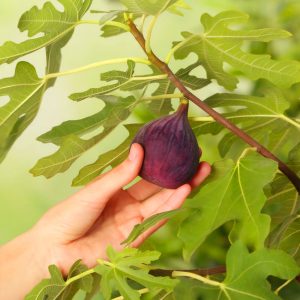
With a clearer understanding of your garden’s space, sunlight availability, soil quality, and climate conditions, you can begin to narrow down your options for fruit trees. Popular choices for home gardens include apple trees, which are well-loved for their versatility and the wide variety of cultivars available. Pear trees are also popular, known for their relatively easy cultivation and adaptability, making them suitable for smaller spaces. Cherry trees, with their stunning spring blossoms and delicious fruit, add both aesthetic beauty and bounty to the garden, and they come in both ornamental and fruit-bearing varieties.
For those living in warmer climates, citrus trees such as lemons, limes, and oranges not only provide delightful fruits but also add a refreshing fragrance to your garden. Tropical options like mangoes, avocados, and lychees can introduce exotic flavours that are highly sought after. When selecting a variety, it is crucial to consider your personal fruit preferences, the amount of fruit you hope to harvest, and how you plan to utilise the fruit—be it for fresh eating, cooking, or preserving.
It is equally important to understand the specific care requirements of different fruit trees. Each species may have distinct needs concerning watering, fertilisation, and pruning. Investigate whether your chosen tree requires cross-pollination, as some varieties are self-pollinating while others need a partner tree nearby for successful fruit production. This is particularly relevant for certain apple and cherry varieties. Familiarising yourself with recommended pruning techniques is essential for promoting healthy growth and maximising fruit yield. Effective pruning not only helps to shape the tree but also improves air circulation and sunlight exposure, both of which are vital for fruit development.
Furthermore, being aware of common pests and diseases that could affect your tree is critical for maintaining its health. Different fruit trees are susceptible to various issues, so understanding the specific pests and diseases associated with your chosen variety will enable you to implement effective management strategies. This could involve employing organic pest control methods, introducing beneficial insects to your garden, or applying appropriate treatments when necessary.
When visiting a nursery or garden centre, it is important to engage with the staff and ask questions. Their expertise can provide valuable insights and guidance tailored to your specific situation. Important inquiries might include which varieties are best suited for your space and climate, whether the tree is self-pollinating or requires another tree for successful pollination, the age of the tree at the time of sale, and its expected mature size. Additionally, be sure to ask about the specific care requirements for the tree, including watering schedules, fertilisation needs, and recommended pruning techniques.
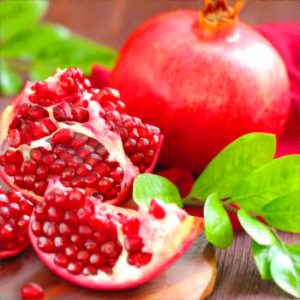 In conclusion, with careful preparation and thorough research, acquiring a fruit tree can be an immensely rewarding venture. By taking the time to understand your garden’s unique conditions, your local climate, and the specific needs of various fruit trees, you can make an informed decision that will lead to a thriving tree, yielding delicious fruit for many years. Ultimately, the joy of harvesting your own fruit and the satisfaction of nurturing a living plant will enrich your gardening experience immeasurably. So, roll up your sleeves, delve into the fascinating world of fruit trees, and embark on a journey that promises beauty and abundance for your garden.
In conclusion, with careful preparation and thorough research, acquiring a fruit tree can be an immensely rewarding venture. By taking the time to understand your garden’s unique conditions, your local climate, and the specific needs of various fruit trees, you can make an informed decision that will lead to a thriving tree, yielding delicious fruit for many years. Ultimately, the joy of harvesting your own fruit and the satisfaction of nurturing a living plant will enrich your gardening experience immeasurably. So, roll up your sleeves, delve into the fascinating world of fruit trees, and embark on a journey that promises beauty and abundance for your garden.
